| 5S Fashion launches Spring Summer 2025 collection |
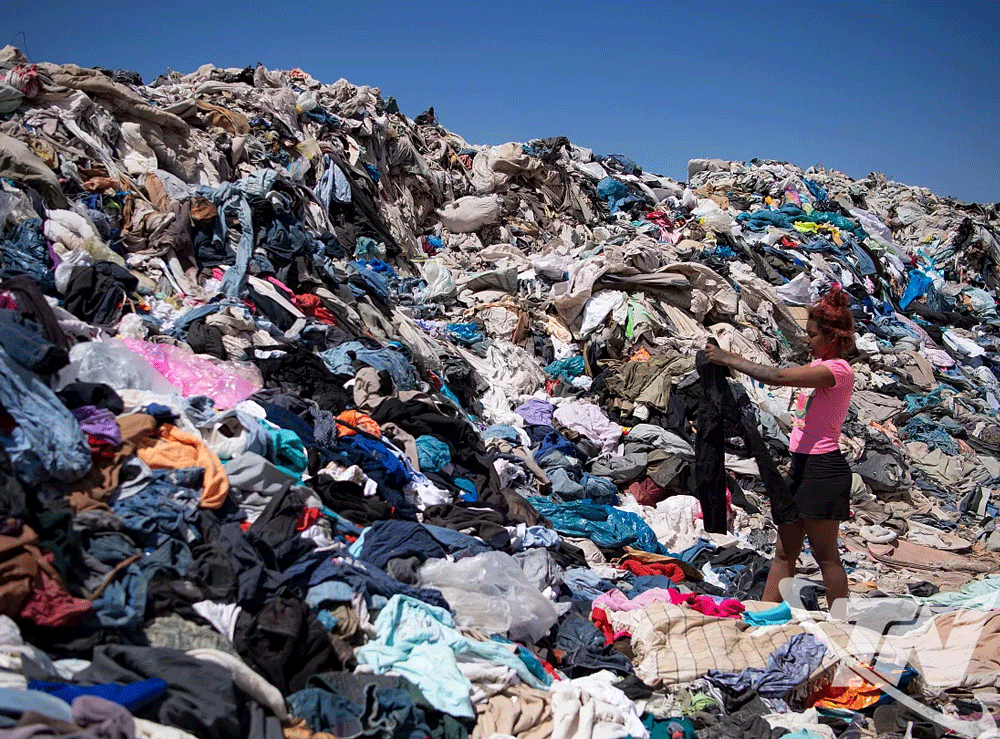 |
| Fast fashion causes a huge amount of clothing waste to be released into the environment (Illustration photo). |
It focuses on bringing the latest designs, often inspired by fashion shows or celebrities, to the market quickly and at affordable prices, providing consumers with a wide range of choices, satisfying shopping needs, suitable for all income levels, including those at the most ordinary level.
The main customers of fast fashion are young people, especially those in school age, students and those who have just started working, in addition to a large number of housewives. They have great needs, and a hobby of following new fashion trends, sometimes just because of the hobby of racing with the “trend”, following famous people or “following idols”…
However, fast fashion, with its appeal of rapid change and affordable prices, is causing negative impacts on the environment. This is something that not all consumers know, understand and care about.
These telling numbers are ringing the alarm bell for smart consumers to pay more attention to the environment and the health of each individual who consumes fast fashion.
Every year, the fashion industry produces about 92 million tons of textile waste, according to a report by the Ellen MacArthur Foundation, and alarmingly, 87% of it ends up in landfills or incinerated, according to Waste Managed. This not only increases the risk of soil, water and air pollution, but also contributes to climate change.
Specifically, in the UK, about 350,000 tons of clothing waste is thrown away every year - according to Greenyarn. In the US, this number is also up to 10.5 million tons - according to Greenyarn.
In Vietnam, according to statistics, the Vietnamese fast fashion industry releases a large amount of used clothing waste into the environment, with about 250,000 tons of clothing discarded each year, equivalent to 5-7% of the total waste in major cities. Of which, 90% is non-recyclable material.
Vietnam has been and is being seriously affected by fast fashion. Water and soil pollution due to dyeing chemicals, waste, waste of resources and increasing textile waste. The production and transportation of fast fashion clothing emits a large amount of CO2, "contributing" to the greenhouse effect and climate change.
To balance the passion for fashion and environmental protection, young people, especially famous and influential people and each individual who consumes fashion in general and fast fashion in particular, need to seriously learn and equip themselves with knowledge, understanding, and unwanted harms that we have unintentionally ignored for a long time.
To reduce the amount of waste that pollutes the environment, smart consumers are moving towards prioritizing sustainable fashion. Prioritizing choosing fashion products made from recycled, organic materials, or natural green materials that are safe and environmentally friendly.
Every consumer needs to form responsible shopping habits. Avoid shopping based on trends and temporary movements, only buy items that are really necessary and can be used for a long time. Choose stores, brands, clear origins, and policies that prioritize protecting consumer health.
By changing their shopping and consumption habits, young people can help reduce the negative impact of the fashion industry on the environment while still satisfying their passion for fashion.
Source: https://baothainguyen.vn/van-hoa/202507/thoi-trang-nhanh-va-nhung-anh-huong-den-moi-truong-fd51a6f/



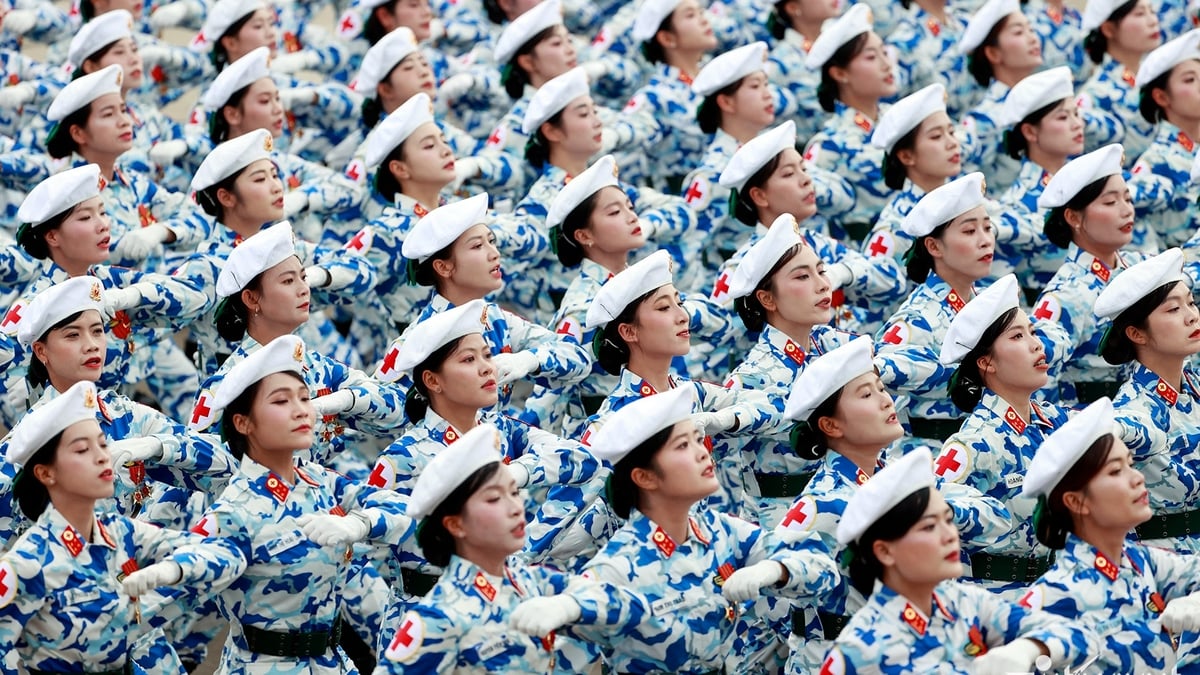


![[Photo] Prime Minister begins trip to attend SCO Summit 2025 in China](https://vphoto.vietnam.vn/thumb/1200x675/vietnam/resource/IMAGE/2025/8/31/054128fff4b94a42811f22b249388d4f)

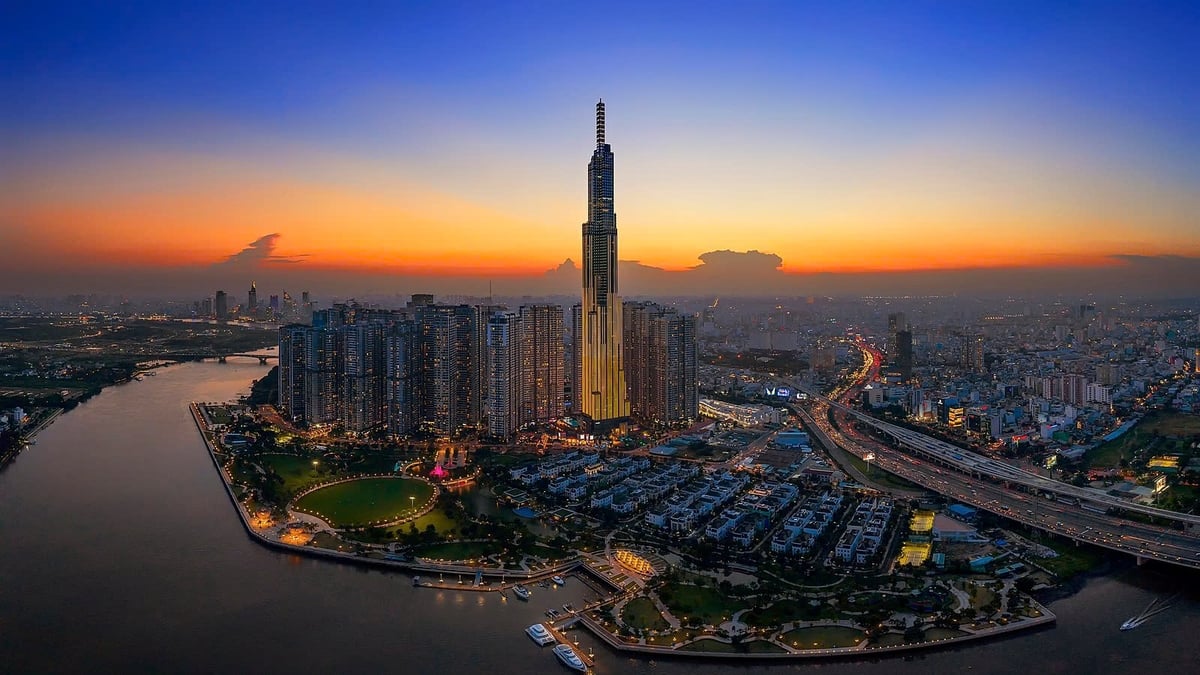
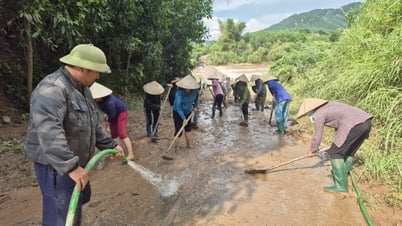



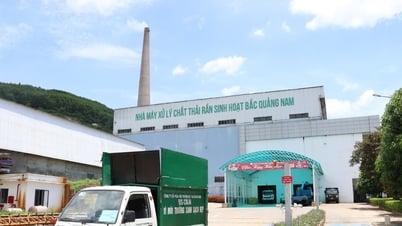
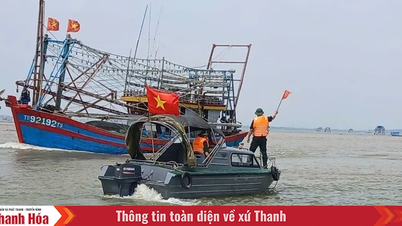

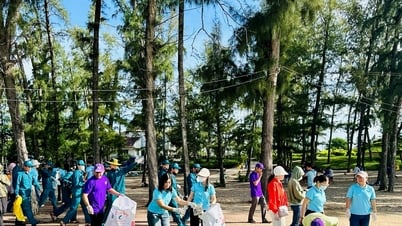

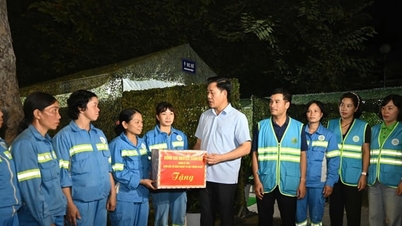

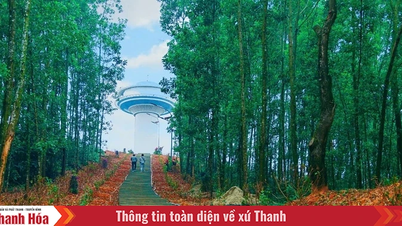


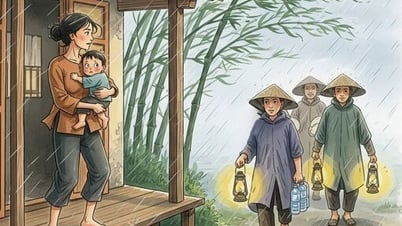




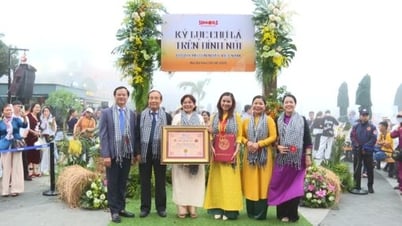




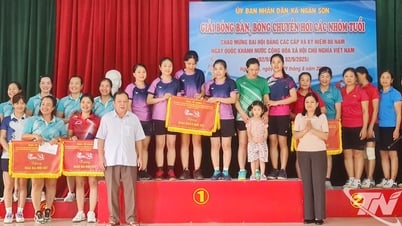
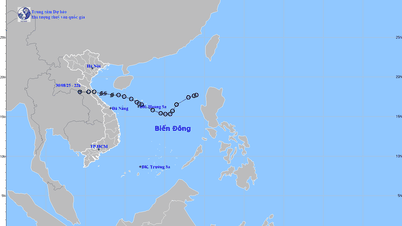


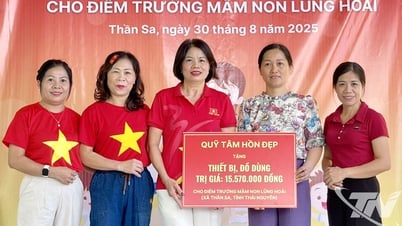
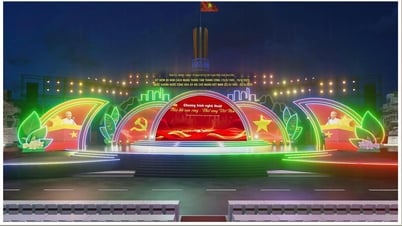


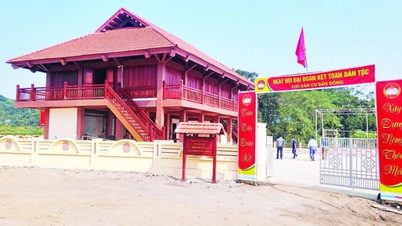


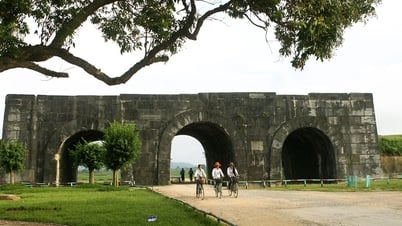






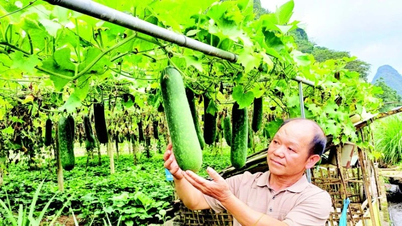





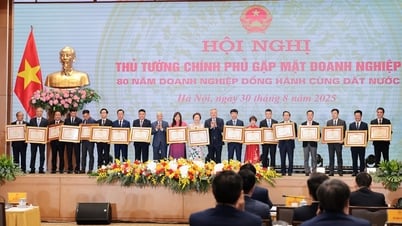







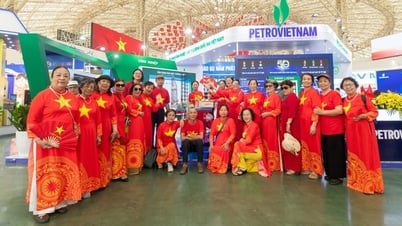
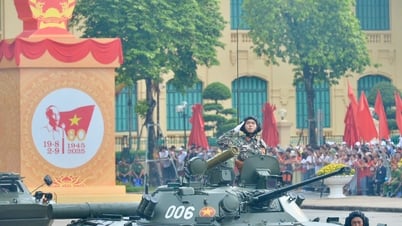








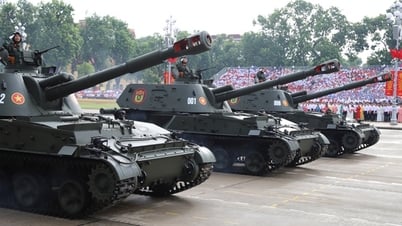



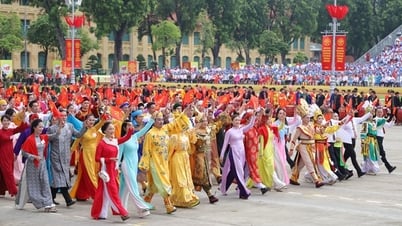
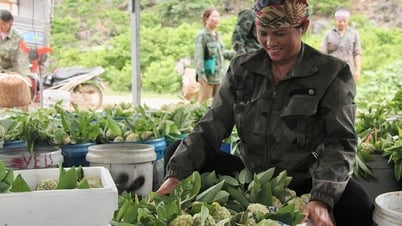


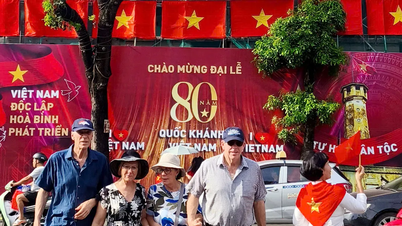





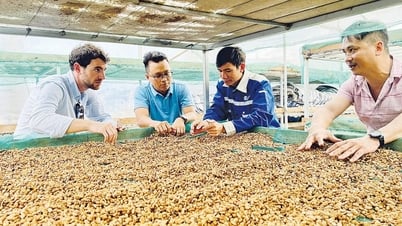


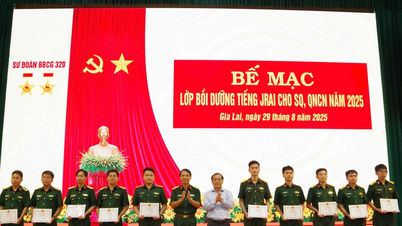


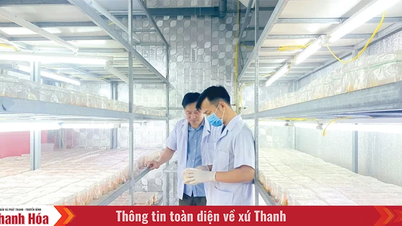
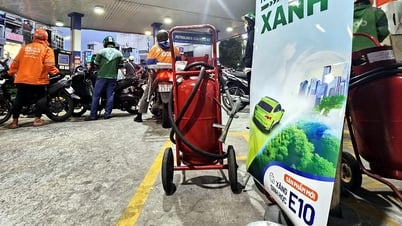



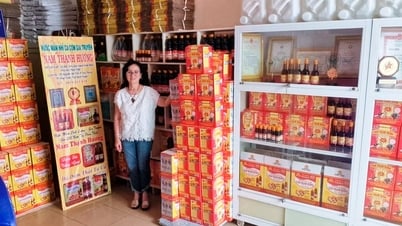


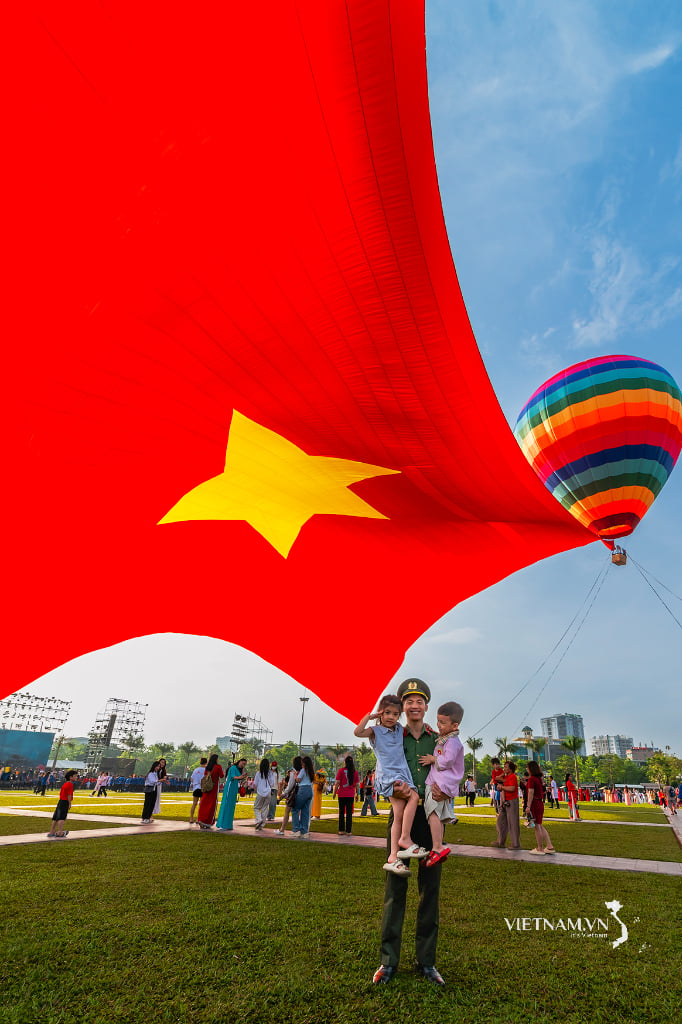
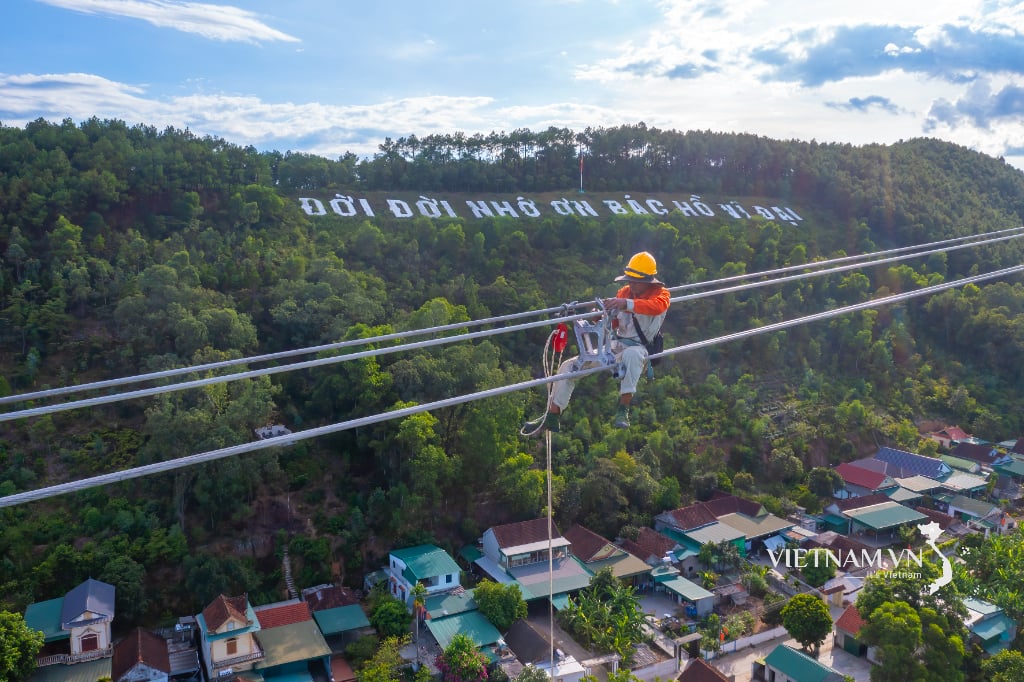

Comment (0)